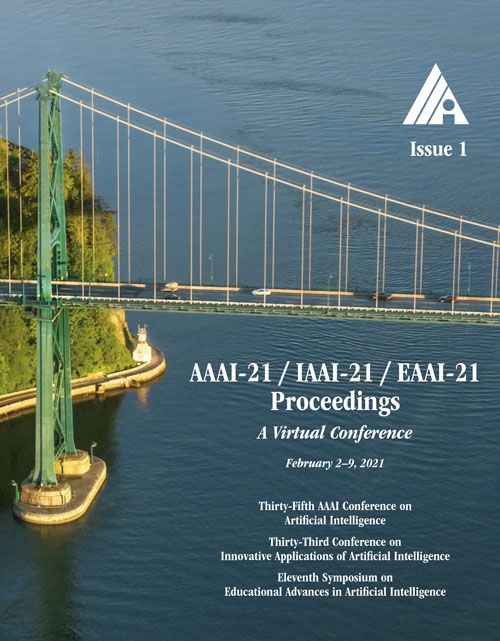Deep Partial Rank Aggregation for Personalized Attributes
DOI:
https://doi.org/10.1609/aaai.v35i1.16148Keywords:
WebAbstract
In this paper, we study the problem of how to aggregate pairwise personalized attributes (PA) annotations (e.g., Shoes A is more comfortable than B) from different annotators on the crowdsourcing platforms, which is an emerging topic gaining increasing attention in recent years. Given the crowdsourced annotations, the majority of the traditional literature assumes that all the pairs in the collected dataset are distinguishable. However, this assumption is incompatible with how humans perceive attributes since indistinguishable pairs are ubiquitous for the annotators due to the limitation of human perception. To attack this problem, we propose a novel deep prediction model that could simultaneously detect the indistinguishable pairs and aggregate ranking results for distinguishable pairs. First of all, we represent the pairwise annotations as a multi-graph. Based on such data structure, we propose an end-to-end partial ranking model which consists of a deep backbone architecture and a probabilistic model that captures the generative process of the partial rank annotations. Specifically, to recognize the indistinguishable pairs, the probabilistic model we proposed is equipped with an adaptive perception threshold, where indistinguishable pairs could be automatically detected when the absolute value of the score difference is below the learned threshold. In our empirical studies, we perform a series of experiments on three real-world datasets: LFW-10, Shoes, and Sun. The corresponding results consistently show the superiority of our proposed model.Downloads
Published
2021-05-18
How to Cite
Xu, Q., Yang, Z., Chen, Z., Jiang, Y., Cao, X., Yao, Y., & Huang, Q. (2021). Deep Partial Rank Aggregation for Personalized Attributes. Proceedings of the AAAI Conference on Artificial Intelligence, 35(1), 678-688. https://doi.org/10.1609/aaai.v35i1.16148
Issue
Section
AAAI Technical Track on Application Domains

